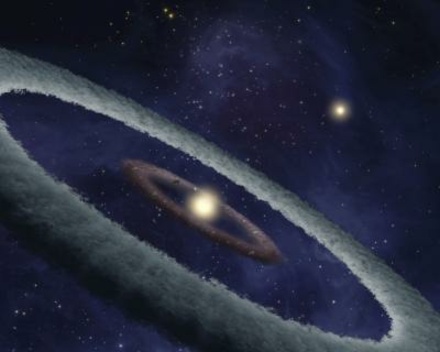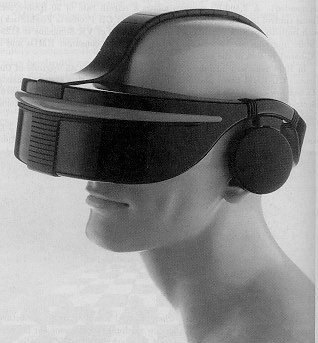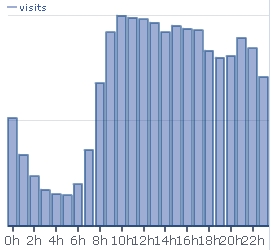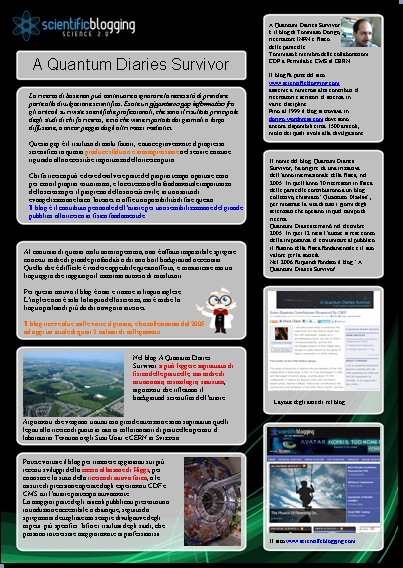 Living At The Polar Circle
Living At The Polar CircleSince 2022, when I got invited for a keynote talk at a Deep Learning school, I have been visiting...
 Conferences Good And Bad, In A Profit-Driven Society
Conferences Good And Bad, In A Profit-Driven SocietyNowadays researchers and scholars of all ages and specialization find themselves struggling with...
 USERN: 10 Years Of Non-Profit Action Supporting Science Education And Research
USERN: 10 Years Of Non-Profit Action Supporting Science Education And ResearchThe 10th congress of the USERN organization was held on November 8-10 in Campinas, Brazil. Some...
 Baby Steps In The Reinforcement Learning World
Baby Steps In The Reinforcement Learning WorldI am moving some baby steps in the direction of Reinforcement Learning (RL) these days. In machine...







 Have a look at the figure on the left. It shows the number of visits to this site broken down in hours of the day -the time of the server used by the visitor. The statistics of each bar is sufficient that the uncertainty on their height is of the order of 2%, so almost indistinguishable by eye. What you can see, therefore, are real variations with time of the traffic to this site, and not random fluctuations up and down.
Have a look at the figure on the left. It shows the number of visits to this site broken down in hours of the day -the time of the server used by the visitor. The statistics of each bar is sufficient that the uncertainty on their height is of the order of 2%, so almost indistinguishable by eye. What you can see, therefore, are real variations with time of the traffic to this site, and not random fluctuations up and down.



